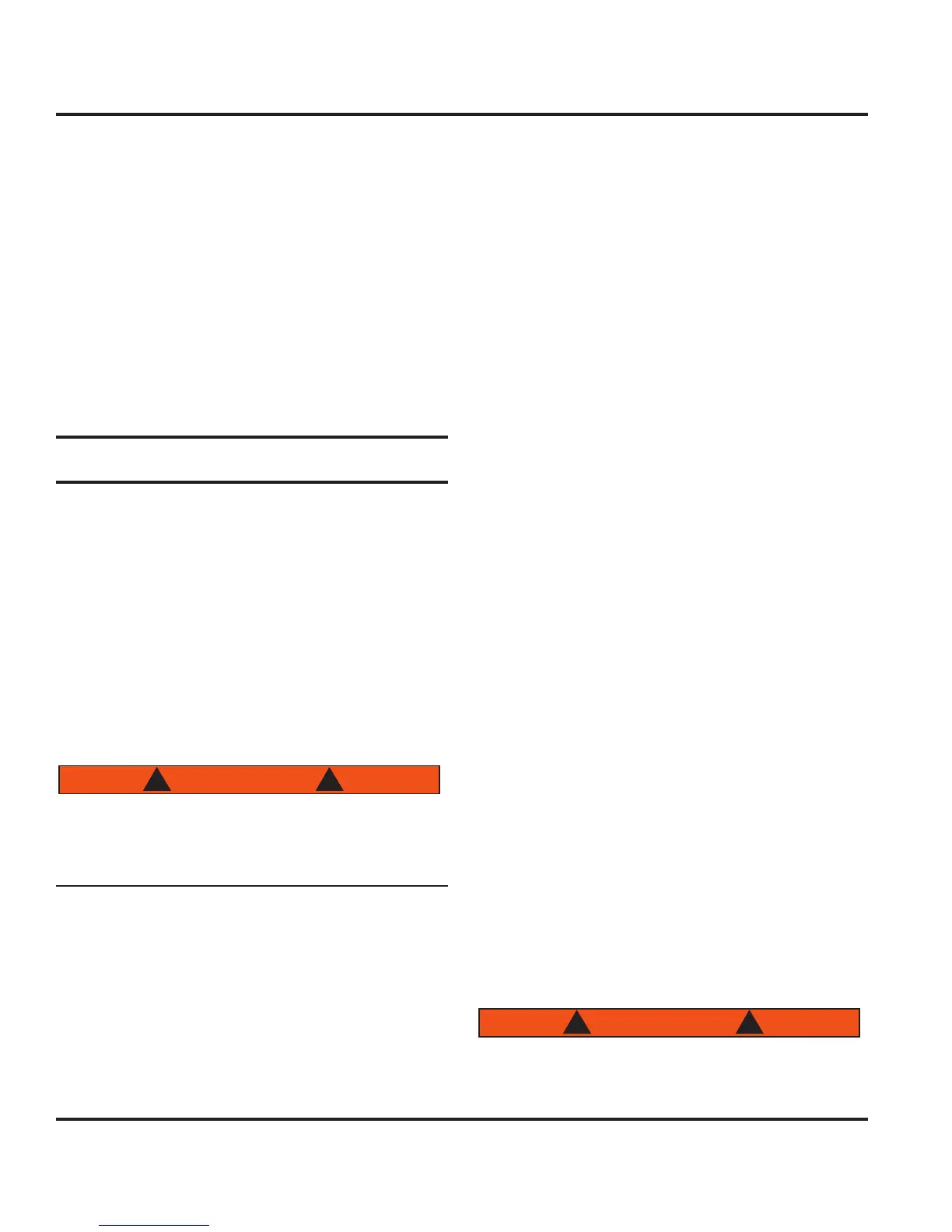Hunter e36 • Maintenance
14.6
is easy to keep clean. Several brands of bilge cleaners
will dissolve dirt and grime, but will not harm the environ-
ment when pumped overboard. If you keep the bilge
clean, it is much easier to identify leaks or other problems
if they should develop.
Important: The Federal Water Pollution Control Act prohibits
the discharge of oil or oily waste into or upon navigable waters
in the United States. Violators are subject to a penalty.
14.3.5 Shower Sump
The shower drains into a sump pump which keeps hair,
soap scum, and bacteria from building up in the bilge
and developing an odor. Periodically clean out the pump
filter to prevent clogging the pump.
14.4 Mechanical Systems and Components
Refer to the manuals supplied by the boat component
manufacturers for their recommended periodic mainte-
nance. The manuals may indicate maintenance require-
ment, in addition to, the minimum maintenance tasks
listed in the following charts.
Note: In case of conflicts between the maintenance informa-
tion in this manual and the manuals supplied by the equipment
manufacturer, the equipment manuals take precedence.
14.4.1 Engine Oil
See engine operating manual for recommended oils and
correct procedures for checking and replenishing oil.
Hot coolant under pressure may boil over and cause
burns or other serious injury when cap is removed.
Allow engine to cool. Open pressure cap slowly to
allow pressure to vent before removing cap.
14.4.2 Engine Coolant
See engine operating manual for recommended coolants
and correct procedures for checking and adding coolant.
14.4.3 Engine Exhaust
Visually inspect the engine and generator exhaust sys-
tems (hoses, joints, manifolds, etc.) for leaks. Make sure
all clamps are tight. Check hoses and exhaust boxes
for damage. Replace any damaged exhaust system
component.
Note: Any discoloration around a joint or gasket usually indi-
cates a leak.
14.4.4 Generator Oil
See generator operating manual for recommended oils
and correct procedures for checking and replenishing
oil.
14.4.5 Generator Coolant
Refer to the generator manual for detailed recommenda-
tions about checking and adding coolant.
14.4.6 Transmission Oil
Refer to the transmission manual for detailed recommen-
dations about checking and adding oil.
14.4.7 Fuel Filter
Refer to the engine manual for correct information
about checking and replacing the fuel filter on gasoline
engines.
For diesel engines, check all fuel filters daily to remove all
sediment and water from the filter. Inspect the canister
for possible corrosion or deterioration. Replace canister
if you observe any corrosion or other deterioration.
Replace the filter element at least once each season,
more often if there is contamination of the fuel system.
Always replace the bowl gasket each time the filter is
reassembled. Check carefully for any signs of leakage.
14.4.8 Fuel Line Connections
Check all fuel line connections for leaks at least once a
year. Tighten as necessary.
Important: Be careful when tightening fittings. Over-tightening
can crack the flair fittings and flair nuts. Use only tube wrench-
es when tightening connections.
14.4.9 Batteries
Avoid spilling battery electrolyte into the engine
compartment or bilge. Also, avoid getting saltwater
on or in the battery. Either condition can create a

